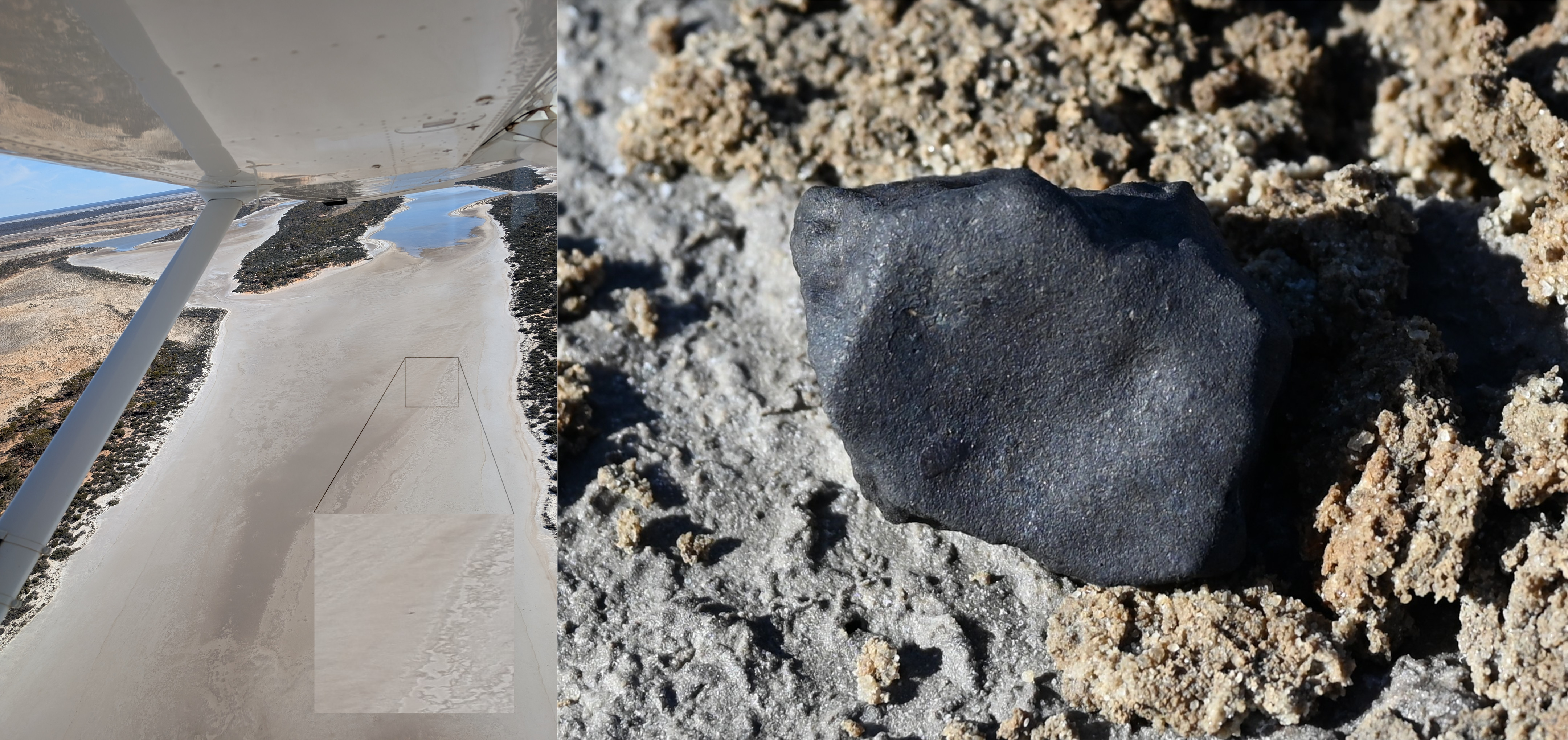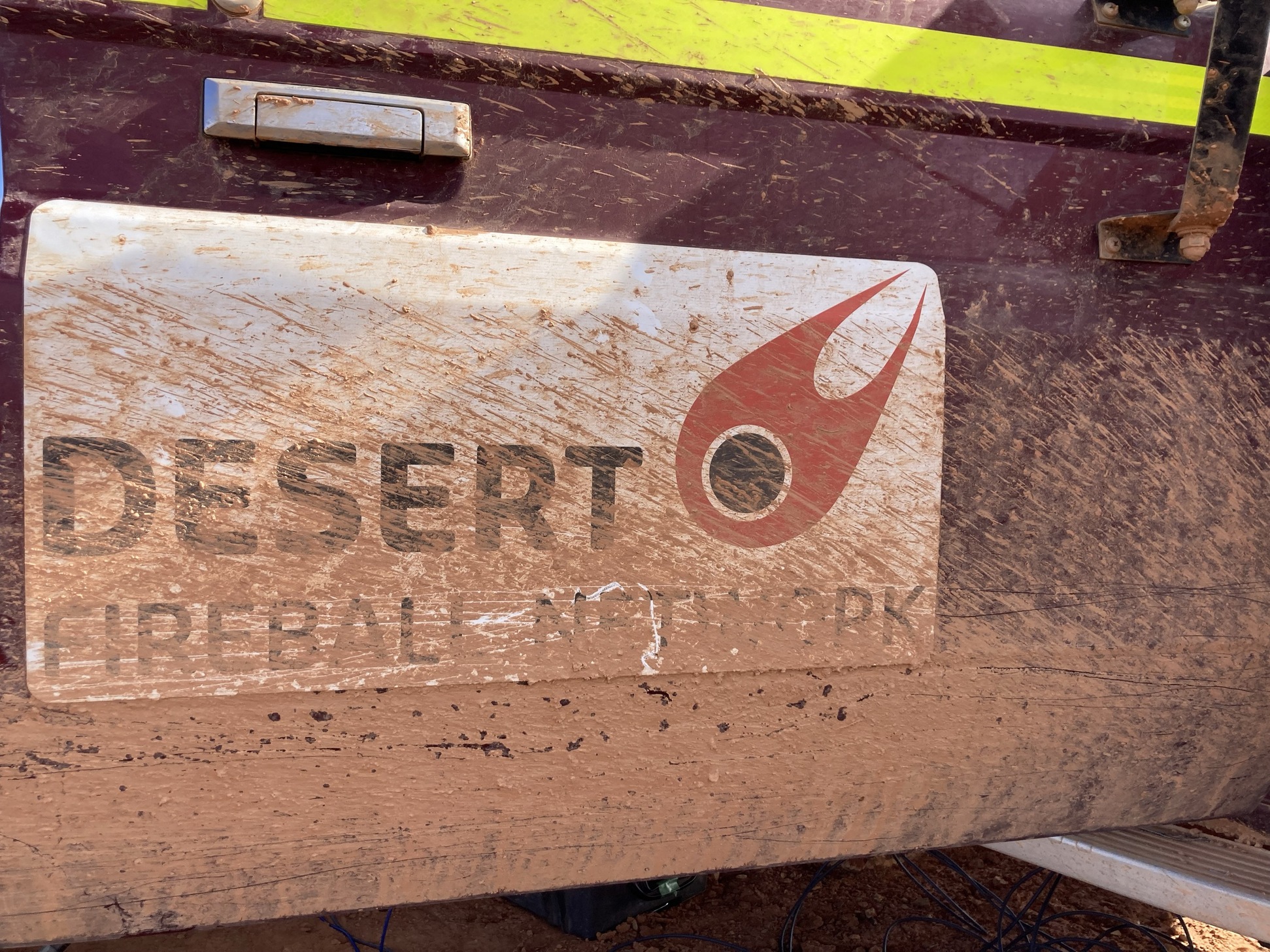The Global Fireball Observatory is an multi-institutional collaboration, with partner networks around the world. Our observatories take pictures of fireballs so we can recover any meteorites that might have landed on the ground.
What is a fireball?
Ever seen a shooting star? The Earth gets hit by thousands of tiny space particles every day. Most are so small we don't even see them. Meteors (or shooting stars) are what we do see when things the size of a grain of sand hit our atmosphere and burn up. The solar system is pretty dusty and full of old rocks floating around. Between Mars and Jupiter there is the asteroid belt - lots of small proto-planets. When they collide, big chunks can fly off and come to Earth. They can be so bright when they hit the atmosphere, that night turns to day for a few seconds, and can sometimes leave a meteorite on the ground. We call these bright events fireballs and the Global Fireball Observatory takes pictures of them in our atmosphere from different locations so we can triangulate where they might land, but also where they came from. Meteorites are samples of what rocks might have looked like early on in the solar system. They tell us what the chemistry and temperatures were like over 4 billion years ago, and might hold the key to why there is life on Earth itself.
Fireball networks allow researchers to try and answer some really cool questions:
- Why are there different types of meteorites?
- Where did they come from in the Solar System?
- Can we make a geological map of the inner Solar System?
- Can we study samples from a known asteroid, like a sample-return mission?
- Are there such things as cometary meteorites?
- How did rocky planets form?
- Where did all the water and organics came from on the terrestrial planets?
News
-
December 03, 2025
Drone Meteorite Hunt 4.0: Success!
In July, a fireball soared across the skies of the Central Desert, and dropped a meteorite deep in the WA outback. In November, Dale Giancono, Iona Clemente and Michael Frazer headed east and recovered the rock.
Read more »
-
June 01, 2025
Mother's Day Meteorite
A fireball seen by many in Western Australia, that fell deep in the bush. The DFN team went up on a plane to spot it…
Read more »
-
December 07, 2024
Drone Meteorite Hunt 3.0
Guess who’s back? Dr. Seamus Anderson! Seamus completed his PhD at Curtin in 2023 and afterwards moved to the U.S. in January to work at NASA Goddard Space Flight Centre. He managed to escape back to sunny Perth and join us for a meteorite hunt. Destination? The Nullarbor Plain! Objective? Test out some new software and hopefully find a meteorite. Let’s go!
Read more »
